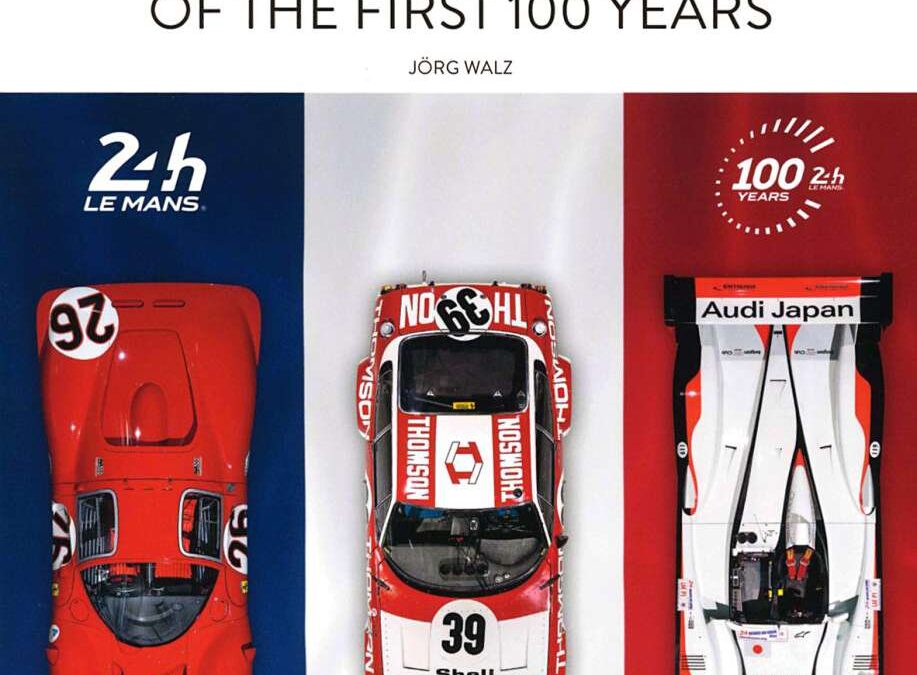

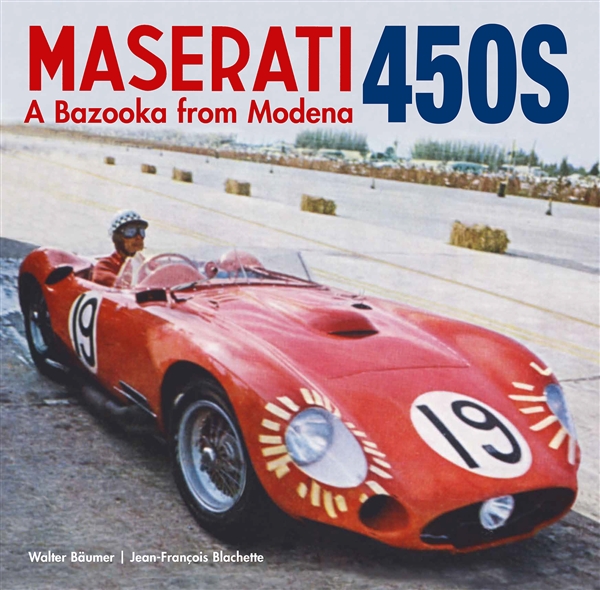
Maserati 450S: A Bazooka from Modena
“When she didn’t break, she won”. The Maserati 450S, also called Tipo 54 in the factory codification, was the fastest and most powerful of the Maserati built to face the arch-rival Ferrari in the World Sports Car Championship of the 1957 season which constituted the apotheosis of the golden age of motor racing. Fitted with the powerful Maserati 4.5 Liter V8 engine and dressed in an elegant bodywork by Fantuzzi, it was the “lethal weapon” that was to allow Maserati to win the 1957 Sportscar World Championship.
Nicknamed “Bazooka”, the 450S became also the most tragic race car that Maserati ever build: it won in Sebring and Sweden, totally failed at the Mille Miglia, at the Nürburgring and in Le Mans culminating in a grotesque and disastrous race in Venezuela, leaving all laurels to Ferrari. Then it became obsolete in Europe due to a change of the FIA regulations for 1958.
Emigrated to the USA, the Maserati 450S started its other race career with owners such as Tony Parravano, Jim Kimberly, John Edgar, Temple Buell, Ebb Rose and Frank Harrison. The 450S then won many races in the USA at the hands of the best US drivers like Carroll Shelby, Jim Hall, Masten Gregory, Dan Gurney, Lloyd Ruby and Bill Krause, and so became a very important part of the US race history in the 1950s.
This book retraces the saga of the ten Maserati 450S “Bazookas” built and their eventful lives, chassis by chassis, illustrated with an exceptional iconography of period photos, most of which have never been published before.
- The most powerful sports racing car of the 1950s
- Includes the history of all 10 cars
- It was the most tragic racing car from Maserati, representing the glory and the disaster of the World Championship.
- Driven by greats such as Juan Manuel Fangio, Stirling Moss, Jean Behra, Carrol Shelby, Bill Krause, and Masten Gregory.
- Over 200 period photographs, most of them never seen before

Ferrari Can-Am
This book traces history of Ferrari Canadian-American Challenge Cup, or Can-Am, from 1966 to 1974.
The book includes results for each Ferrari and driver, race by race. It also covers the development and history of the fifteen Ferraris entered during the nine Can-Am seasons (Dino 206 S, 275 GTB/C, 250 LM, 312 P and 512 S/M) and of course the Ferraris specially developed for this championship : 412 NART-Canada, 350 Can-Am, 612 P and 712 P.
Text in French and English.
Hard Cover
213 color photos
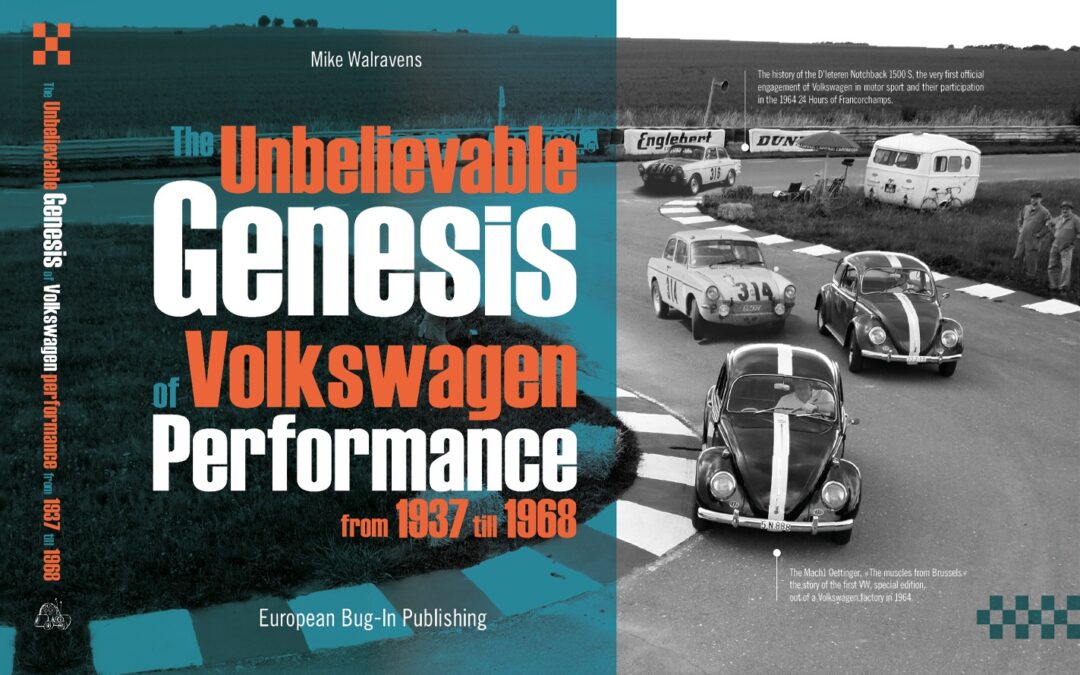
The Unbelievable Genesis of Volkswagen Performance From 1937 to 1968
- The first chapter details a hectic historical investigation into the traces of the four type 3 – 1500 S – having participated in the 24 hours of Francorchamps 1964. Thanks to the exclusive testimony of the last of the mechanics having mechanically modified in depth and assisted these 1500 S, the 25 and 26 July ’64. You will discover why these were the first VWs officially sponsored in racing by the Volkswagen firm. The author will go so far as to find photos of the 1500 S at the Liège Sofia-Liège Rally as well as the testimonies of the pilots. It traces meticulously, races after rallies, the timeline of these vehicles. Until the last owner who bought one of the four Notchbacks. This bet is illustrated by period photos from the D’Ieteren archives but also, in double-page format, photos by Eric Della Faille and Jacques Breuer, then very young press photographers
- The second chapter concerns the history of the brand’s first Special Series, the Mach1 – Oettinger. First modified VW with VW D’Ieteren factory warranty, a true Old-Speed icon. It will hold no more secrets for you because you will have access to the D’Ieteren archives and its exceptional documents that have remained hidden until now. This chapter ends with the article on the two Mach1s found so far, the Ruby Red and the Java Green, illustrated by photographer Tom Wheatley.
- The third chapter exposes down to the smallest details the Old-Speed style increasingly emerging nowadays. Following an article published in VolksWorld and Airmighty in 2011, Mike highlighted a style unknown to the public. He exposed a line of conduct of the very first style that we could give to VWs, that of period engine performance. This feature article is developed exponentially here. You will discover its genesis from 1947 with the first double Carburetor Kits on 30HP engines. The historical description of the main precursors of performance in VW. Petermax Müller, Wolfgang Denzel and Oettinger through history the main examples of Double Carbus Kits or Compressors such as Mag, Arnott, Pepco, Shorrock or Judson. From the wisest “city” Old-Speed to the wildest Vintage Racer, an anthology of eight detailed Old-Speed examples completes this chapter.

Picturing the Space Shuttle: The Early Years
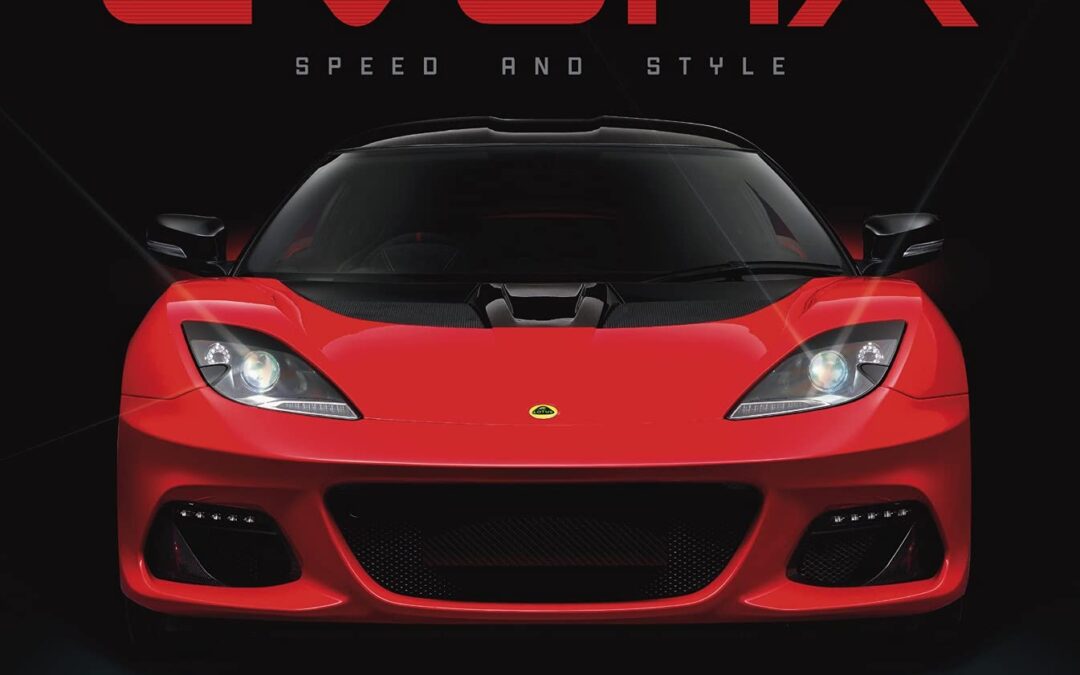
Lotus Evora Speed and Style
This history of the Lotus Evora traces the genesis, context, manufacture and evolution of the Type 122 Evora and its derivative models. The Evora’s prowess as a grand touring sports car is demonstrated with the author’s international road trips, and its essence is detailed through in-depth interviews with leading personalities at Lotus involved with the design, development, construction and marketing programmes. The book concludes with the launch of the Evora’s successor, the Type 131 Emira in 2021. Johnny Tipler has a long association with the Lotus marque, having run the John Player Team Lotus Motorsport Press Office during the halcyon JPS era, as recounted in his 2019 book ‘Black and Gold’. He has authored many automotive books, notably on the Lotus Elise, and also wrote for the Club Lotus International publication between 2005 and 2011. He is a good friend of Classic Team Lotus boss Clive Chapman (son of the Lotus founder Colin Chapman) and regularly attends historic races such as the Goodwood Revival where CTL’s F1 Lotuses are in action.
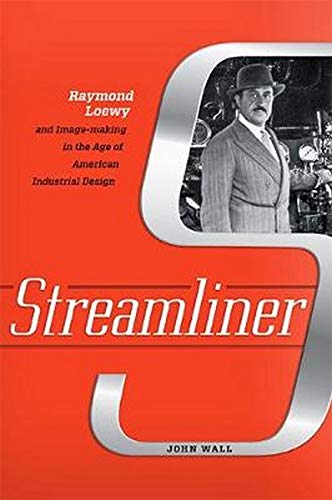
Streamliner: Raymond Loewy and Image-making in the Age of American Industrial Design

BMW i Visionary Mobility
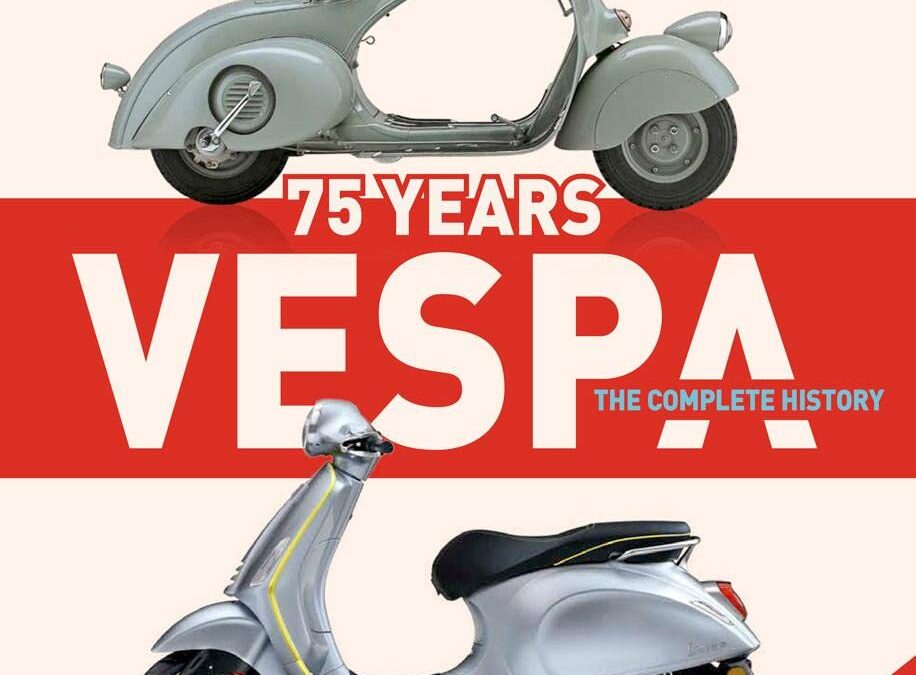
Vespa 75 Years: The complete history – Updated edition

Gran Turismo & Monza

Raymond Henri Dietrich: Automotive Architect of the Classic Era & Beyond
|
|
|
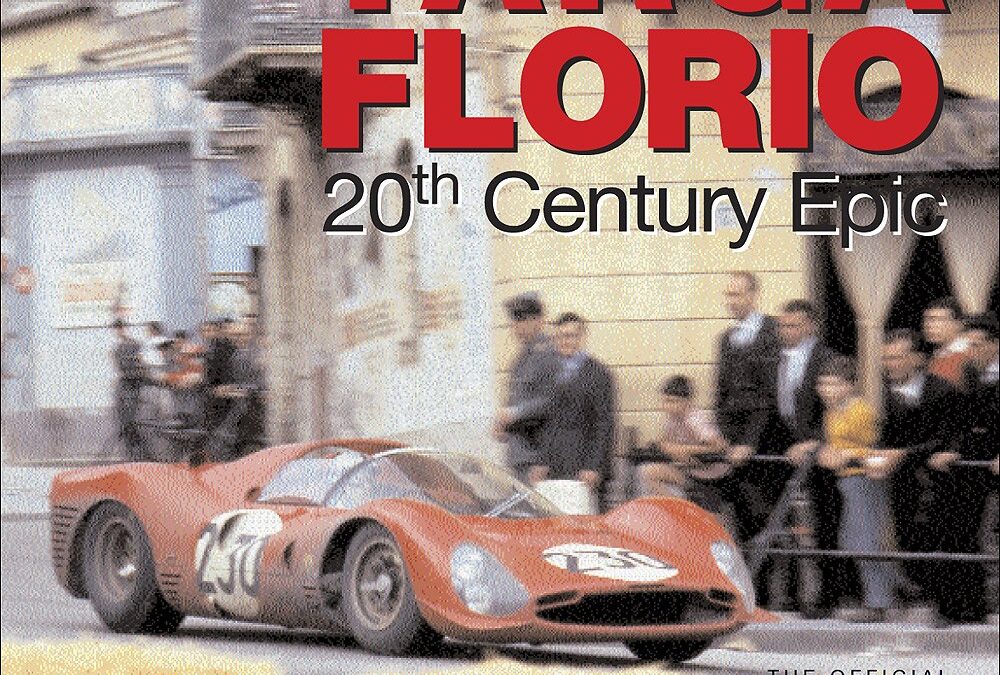
Targa Florio a 20th Century Epic: The Centenary Official Book
Many years ago in Sicily, the legend of the Coppa Florio and Targa Florio road races became one of the most emotive and prestigious expressions in world motor racing, second only to the mythical Mille Miglia. Coppa Florio began in 1905 while Targa Florio in 1906, at the dawn of motoring civilisation and evolved over the years, hand-in-hand with the ever growing popularity of the car itself. The narrow and tortuous roads of the Sicilian mountains were testimony to the feats of Fiat, Bugatti, Alfa Romeo, Maserati, Lancia, Ferrari and Porsche: manufacturers who alternated year after year at the top of the final classification of one of the toughest races in history, a race rich in allure and an ever present peril. On the occasion of the Targa Florio Centenary the book retraces this charming epics thanks to a vivid text and hundred of pictures, many of them unpublished. The work is complemented by a rich appendix (150 pages)

The Supersonic BONE: A Development and Operational History of the B-1 Bomber
When the B-52 Stratofortress entered operational service with the US Air Force in 1955, work was already underway on defining its successor. The B-70 Valkyrie, a Mach 3 jet bomber, was one option. Although two XB-70A prototypes flew, the B-70 never went into production. Out of the subsequent Advanced Manned Strategic Aircraft program came the B-1A bomber, which flew at high speed and low altitude to evade enemy air defenses. The B-1A was canceled in favor of fitting the B-52 with cruise missiles. The B-1, known as the BONE, was revived in 1981 as the improved B-1B to boost American military power and be a symbol of American strength at the peak of Cold War tensions. The B-1B entered service in 1986 with several deficiencies. The resolution of most of these issues coincided with the end of the Cold War.
After the Cold War, the B-1B lost its primary nuclear mission but remained relevant by transforming into a high-speed, long-range, high-payload delivery platform for conventional precision-guided munitions. The first combat use of the B-1B was in 1998 in Iraq. The BONE has proved a highly effective combat aircraft in Afghanistan, Iraq, Libya, Syria and the former Yugoslavia.
This superbly researched and illustrated book traces the BONE’s long development and operational history in fascinating detail.
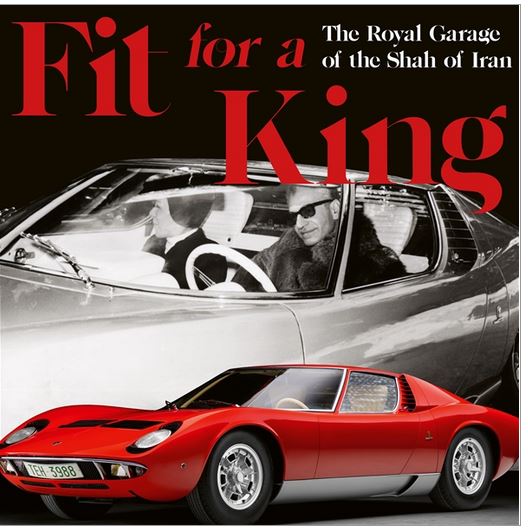
Fit for a King: The Royal Garage of the Shahs of Iran
Iran has a monarchical history spanning over 2,500 years. Almost all of Iran’s Kings have had vast unchecked powers as they built, and lost, some of the largest empires in history. These vast powers led to Iran’s Kings being referred to as “Shahanshah” meaning literally the “King of Kings”.
With the advent of the automobile, Iran’s Shahanshahs procured some of the world’s most renowned automobiles for their royal garages starting from the first car to be imported to Iran, a Gardner-Serpollet 10 hp, to the famed Maserati 5000GT “Scia de Persia”, specially-ordered and owned by Iran’s last Shah, Mohammad Reza Shah Pahlavi.
In his broad spanning work, Iranian automotive historian Borzou Sepasi traces the royal garage of each Iranian Shah, starting with Mozaffar ad-Din Shah Qajar in 1900, who despite importing the first car, forbade drivers from going faster than carriages, and all the way up to the 1979 revolution. In an important postscript, the fate of many of the cars covered in the book following the end of monarchical rule in Iran, are shown.
The book also intertwines many of the historical events in Iran with the cars of the period, highlighting the special role these vehicles played. Dalton Watson is proud to present this little-known period of unique automotive history to its readers.
230mm x 280mm
-
- Hard cover with dust jacket
- 564 pages
- 1,046 photographs

NASA Missions to Mars: A Visual History of Our Quest to Explore the Red Planet
Gorgeously illustrated with NASA photography, the large-format (12 × 12 inches) NASA Missions to Mars examines everything from the first tentative steps toward the fourth planet to the 2021 landing of rover Perseverance and beyond.
Space exploration has always been about pushing boundaries, but perhaps the achievement which has most piqued a sense of possibility has been the exploration of Mars. Beginning with Soviet and American flybys in the early 1960s that were part and parcel of the Space Race, acclaimed space historian Piers Bizony continues through complete coverage of the Viking 1 and 2 missions of 1975–1976. Bizony also traces NASA’s acclaimed rover program, describing the development, technologies, mission histories, and achievements of the rovers Sojourner, Opportunity, Spirit, and Curiosity—all on the 25th anniversary of their first landing.
This awe-inspiring book features:
- An engaging and complete history of Mars exploration
- A treasure trove of imagery from the NASA archives, including photos and cartography beamed home, artworks and concept drawings created during development phases, as well as photography created to document testing phases
- A glimpse of future plans for Mars exploration and habitation
- Coverage of orbiters sent to the red planet by not only NASA but by space agencies from Russia, India, Japan, Europe, China, and the UAE
- A two-sided 24-inch gatefold
Humankind’s fascination with Mars can be traced back to prewar science fiction. While the billions of dollars and ingenious innovations have allowed us incredible views from more than 51 million miles away, no less incredible are the insights these missions, hardware, and scientists have provided into our universe—and our own planet. NASA Missions to Mars is your complete illustrated history of those efforts and a necessary volume for the bookshelf of any space enthusiast!

Lancia Rally Group B: 037- DELTA S4 – ECV – ECV2
The Group B cars marked one of the most thrilling yet most tragic periods in the history of world rallying and beyond. The 037, the S4, the EVC and the ECV2, “ephemeral player” of a still-born Group S, were the unforgettable protagonists of the 1982-1986 seasons that for the Lancia marque were constellated by a series of World, European and Italian titles, but also by terrible accidents that cost the lives of Attilio Bettega, Henri Toivonen and Sergio Cresto.
Sergio Remondino, a historic journalist and great expert in the multifaceted field of rallying, traces that unforgettable era, year by year, through a text rich in anecdotes and thanks to the contribution of the engineer Sergio Limone, one of the artificers of the Group B cars. This invaluable book is completed by the evocative images of Reinhard Klein, one of the most successful rallying photographers.
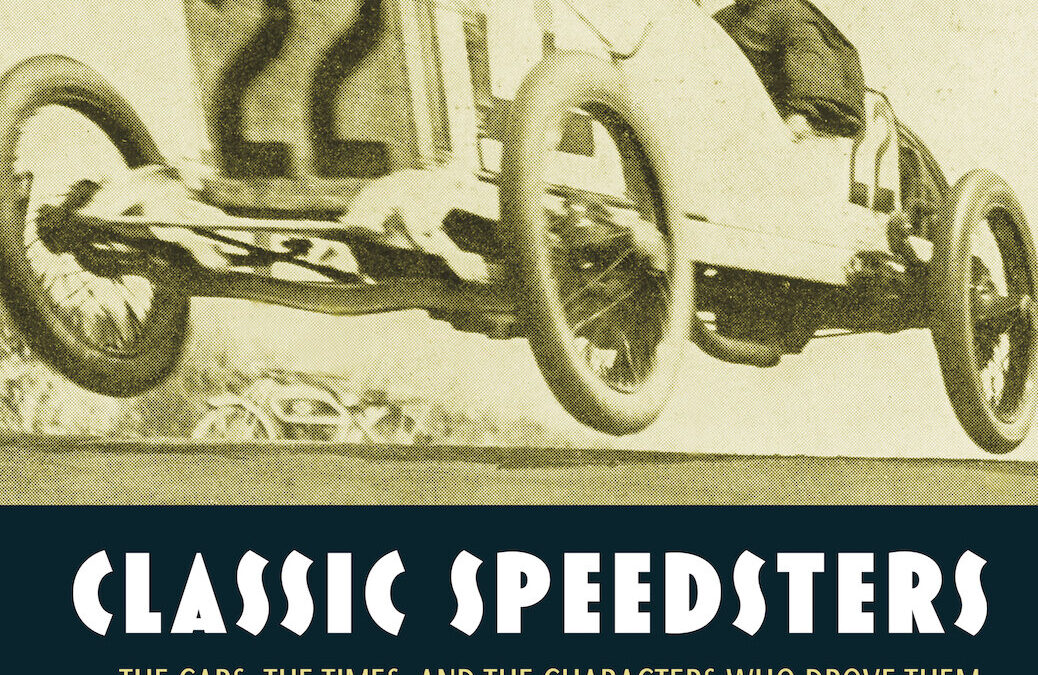
Classic Speedsters: The Cars, The Times, And The Characters Who Drove Them
12 Chapters, 12 Car Companies, 12 Famous Owners And a collection of speedsters that will inform and entertain!
Have you ever wondered when and how the hotrod movement started? Or speed and endurance events? Landspeed racing? Hillclimbing? Or anything involving power, speed, or just having some fun in an automobile? This book—Classic Speedsters—covers all of that, and much more.
Classic Speedsters: The Cars, The Times, and The Characters Who Drove Them chronicles the most significant vehicles ever to have traveled American roads and racetracks. Speedsters were the pizzazz cars of their era. Speedsters were owned by entertainers, captains of industry, the wealthy, and in some cases, the everyday guy or gal. They were often expensive, but they were always fast and sexy. Speedsters were America’s first sports cars.
Each chapter frames the birth and evolution of a company that produced a speedster model in its lineup and includes a biography of a famous owner of the period. This book traces the journey of the speedster concept across several time periods, from 1894 to 1970. It examines the speedster’s story among 12 automotive companies, 11 of which were American.
This is the first automotive book to study the speedster concept in depth. A broad swath of speedsters from 12 different manufacturers (actually—there are 13 companies in the book) are examined in order to distill the essence of this singular model.
The companies and the speedsters that they produced are framed within the context of their time to better understand how technology and market forces shaped the success and failure of these companies (and their cars). The people who were drawn to and purchased these vehicles—why did they? This too is examined and discussed.

Jo Siffert: His Name was Siffert
This book, mainly through images (for the most part unpublished and meticulously captioned), traces the exceptional journey of an endearing man who forged his record thanks to his talent, his perseverance and his combativeness. The book goes off the beaten track by offering a journey through the seventeen countries that Siffert visited to build his career there, thus revealing himself the best ambassador of Switzerland in the same way that Roger Federer does today!
432 pages with 610 pictures, French and English text.

Caesars Palace Grand Prix
Las Vegas, Organized Crime and the Pinnacle of Motorsport
The path of Grand Prix racing in America wound through raceways at Sebring, Riverside, Watkins Glen, Long Beach, and finally Caesars Palace in Las Vegas. At each stop, the influence of organized crime seemed no more than a handshake away. But at Caesars the vast crime syndicate appeared deeply involved in the operations of the luxury-branded resort. The Caesars Palace Grand Prix then culminated in an unholy alliance of the world capital of gambling, shadowy figures, and the international czar of Formula One.
During its four-year run of successive Formula One and CART IndyCar events, the race hosted the biggest names in motorsport–Mario Andretti, Bernie Ecclestone, Roger Penske, Chris Pook, Alan Jones, Nelson Piquet, Niki Lauda, Danny Sullivan, Bobby Rahal and Al Unser among them. The podium celebration of the inaugural Grand Prix put the convergence of alleged organized crime influences and auto racing on public display, while the years that followed provided their own curiosities. This book traces the intertwined threads through decades of accounts, extensive interviews, and the files of the FBI.

Stephen South – The Way It Was
This is the story of Stephen South, a young British racing driver in the Seventies who seemed set for the glory that ultimately fell instead to rival Nigel Mansell.
Where one went on to become one of the nation’s most loved characters and the World Champion in 1992, the other’s career faded to a footnote in the cruellest circumstances.
This is a multi-faceted tale of struggle, success, disappointment, controversy, the continuous battle for funding and recognition and, ultimately, heartbreak.
Famously reticent even from his early schoolboy days as a British karting champion, South now talks openly about his career with first-time author Darren Banks. Many leading figures from the world of motor racing are woven into the narrative, which traces the turbulent era of the Seventies, the trials and tribulations which only strengthened South’s quiet yet indomitable resolve, and how close he got to his dream of racing in F1 after a winter of hugely promising test work with Colin Chapman’s Lotus team in 1979.
And for the first time he discusses with chilling candour the events that saw him forced to race in the North American Can-Am sportscar series instead of F1 in 1980, the horrific accident that befell him at Trois-Rivieres in Canada, his physically and emotionally painful recovery in a hospital on the other side of the world, his eventual return home and the subsequent trauma of having to deal with a career now broken and a life permanently altered.
Those key figures recall with affection – with a couple of exceptions – their experiences of working with or racing against this vastly underrated driver who, had he been dealt a better hand by fate, would surely be remembered alongside contemporaries such as Mansell and fellow World Champion Keke Rosberg as one of the leading F1 drivers of his era.
Profusely illustrated with numerous previously unseen photographs from professional archives and personal collections, THE WAY IT WAS – The story of a British racer who was too fast to be forgotten, is a gritty tale of the darker side of a sport when it fails to deliver a racer’s just deserts.


